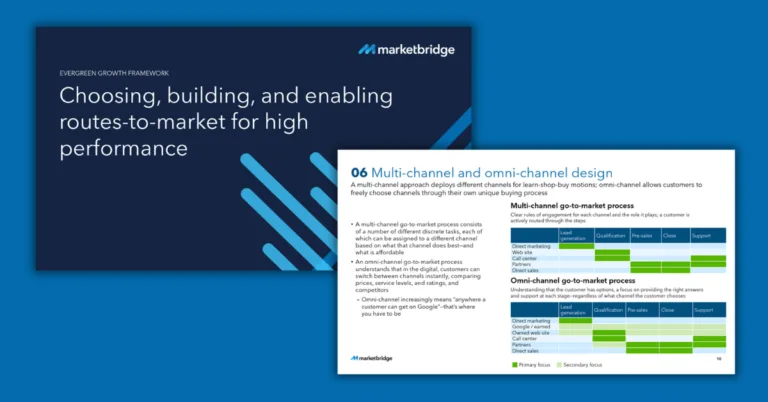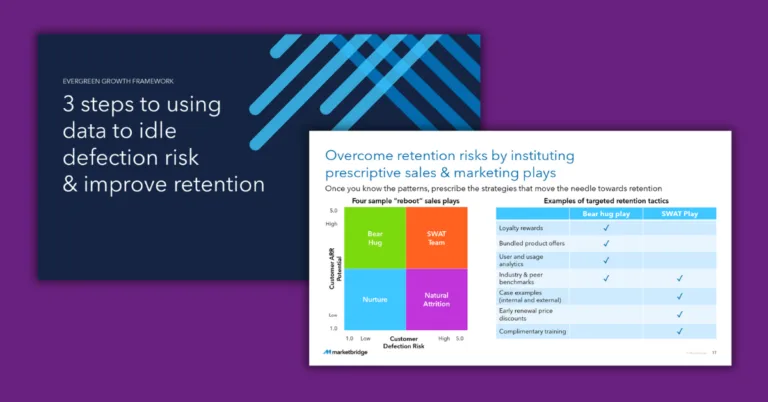Routes-to-market
Routes-to-market refer to the various pathways that a company uses to deliver its products or services to customers. These routes are critical components of a company’s go-to-market strategy and encompass all channels and methods used to engage and sell to customers. Key routes-to-market include:
Direct Sales: Involves selling directly to consumers without any intermediaries. This can be done through a company’s own sales force, website, or physical stores.
Indirect Sales: Uses third parties, such as distributors, resellers, or affiliates, to reach customers. This route can extend market reach and leverage established networks of the third-party channels.
Online Channels: Utilizes e-commerce websites, online marketplaces like Amazon or eBay, and social media platforms to reach digital customers.
Wholesale: Involves selling products in large quantities to retailers or distributors, who then sell them to the final consumers.
Partnerships: Collaborating with other businesses that can complement or enhance the company’s offerings, reaching new customer segments through joint ventures or alliances.
Choosing the right routes-to-market depends on various factors, including the type of product or service, target customer segments, market dynamics, and competitive environment. The effectiveness of these routes can significantly impact a company’s ability to efficiently reach its customers and achieve its sales objectives.



